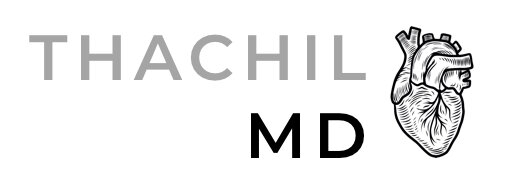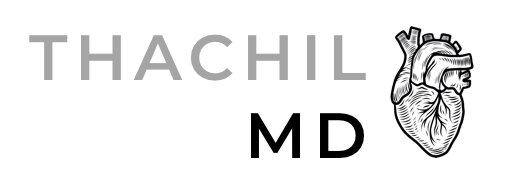Why did I pick Cardiology?
Why did you pick your medical specialty?
The answer, for me, is definitely multifactorial—including the types of role models I had been exposed to, the types of practice styles offered, and the opportunities for procedures.
Mentorship and Modelling
Perhaps the most influential factor was the type of people that I was surrounded by during my formative periods during medical school.
Several of these individuals were cardiologists, and they brought such energy and charisma to their work, that it was difficult to not be inspired.
The role models and mentors early in our careers can certainly be very influential in the path we choose.
Get this 3D heart model here.
Diversity in Practice Style
Another factor that attracted me to cardiology is the diversity of modality and practice setting. Cardiology is a world in and of itself, and affords the full breadth of practice styles—inpatient and outpatient, private practice to academic medicine and everything in between, and also nonclinical opportunities.
A single day as a practicing non-invasive cardiologist could encompass rounding in a cardiac critical care unit, seeing inpatient consults, seeing clinic patients, reading imaging (echocardiography), reading EKG’s, and conducting procedures (cardioversions, stress tests, transesophageal echocardiograms).
Modalities/rotations within general cardiology:
Cardiac Intensive Care unit (CCU)
This is a unit for the care of high acuity cardiac patients. Patients admitted here would include:
Acute coronary syndromes (ACS)
Hypertensive crises
Unstable cardiac valve disease
Pulmonary embolism
Cardiogenic shock
Unstable cardiac arrhythmias
Unstable heart failure transplants (LVADs and transplant patients, if the hospital has an advanced heart failure program)
Cardiac consultation
During this rotation, one would provide cardiac input on patients admitted to non cardiac units such as the general medical floors, medical/surgical intensive care units, psychiatric floors, and the emergency department.
Echocardiography
This is an imaging technique using ultrasound to capture both still and moving images of the heart. We are able to use ultrasound and physics to assess blood flows across various chambers, vessels, and valves.
Based on this we can ascertain the overall pumping function of the heart.
Imaging meets physiology!
Electrocardiography (EKG)
The EKG is perhaps the oldest of our modalities, but provides so much info!
It is a tracing of the electrical activity of the heart. From this, we are able to ascertain whether the heart is beating regularly, as well as whether there are any changes concerning for a heart attack or underlying heart disease.
Stress testing
In this modality, patients are “stressed” via either a treadmill or medicine to assess for possible heart disease.
These tests involve EKG, heart rate, and BP monitoring, and if indicated adjunctive imaging (either echocardiography or myocardial perfusion imaging (MPI).
With further year(s) of training, there is also interventional cardiology, electrophysiology, advanced heart failure, and cardiac imaging.
From day to day and week to week, I could be practicing a different modality. I find that this variety keeps away the monotony!



